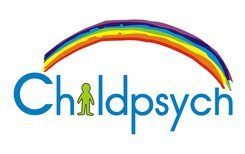Teaching kids to say sorry is a relatively easy feat, but most young children will simply shout a casual “sorry!” over their shoulder and then carry on to repeat the exact same behaviour they had apologised for moments before.
You might have seen the broken plate scenario featured on posters and posts on popular media sites lately – it goes something like this…
A: “Throw a plate on the floor”
B: “Okay”
A: “Is it broken?”
B: “Yes”
A: “Now say sorry to it”
B: “Done”
A: “Did it make a difference?”
B: “No”
A: “Now, do you understand?”
This depicts a rather stark view and I personally think that it’s not quite that bad – an apology can bring about healing – but it must be done right.
As children, my brother and I were taught that there are three parts to an apology:
1. Say sorry. Real remorse means regretting what you have done and wishing you could change the situation.
2. Acknowledge how you have hurt the person; how your actions or words have impacted on them. For instance: “I’m sorry I told the other kids not to play with you, I know that this must have made you feel very lonely and sad”. Only by doing this can you put yourself in the other person’s shoes and feel what they have been going through – this helps to develop true empathy in children.
3. Resolve never to do it again and make this clear to the person you are apologising to. It’s important for kids to understand that empty promises result in great disappointment, so if they can’t honestly commit to not repeating their behaviour, teach them to at least say (and mean) “I’m going to try my best not to do it again”.
This is not only a good lesson for kids, but worth sharing with the important adults in your life too 🙂

